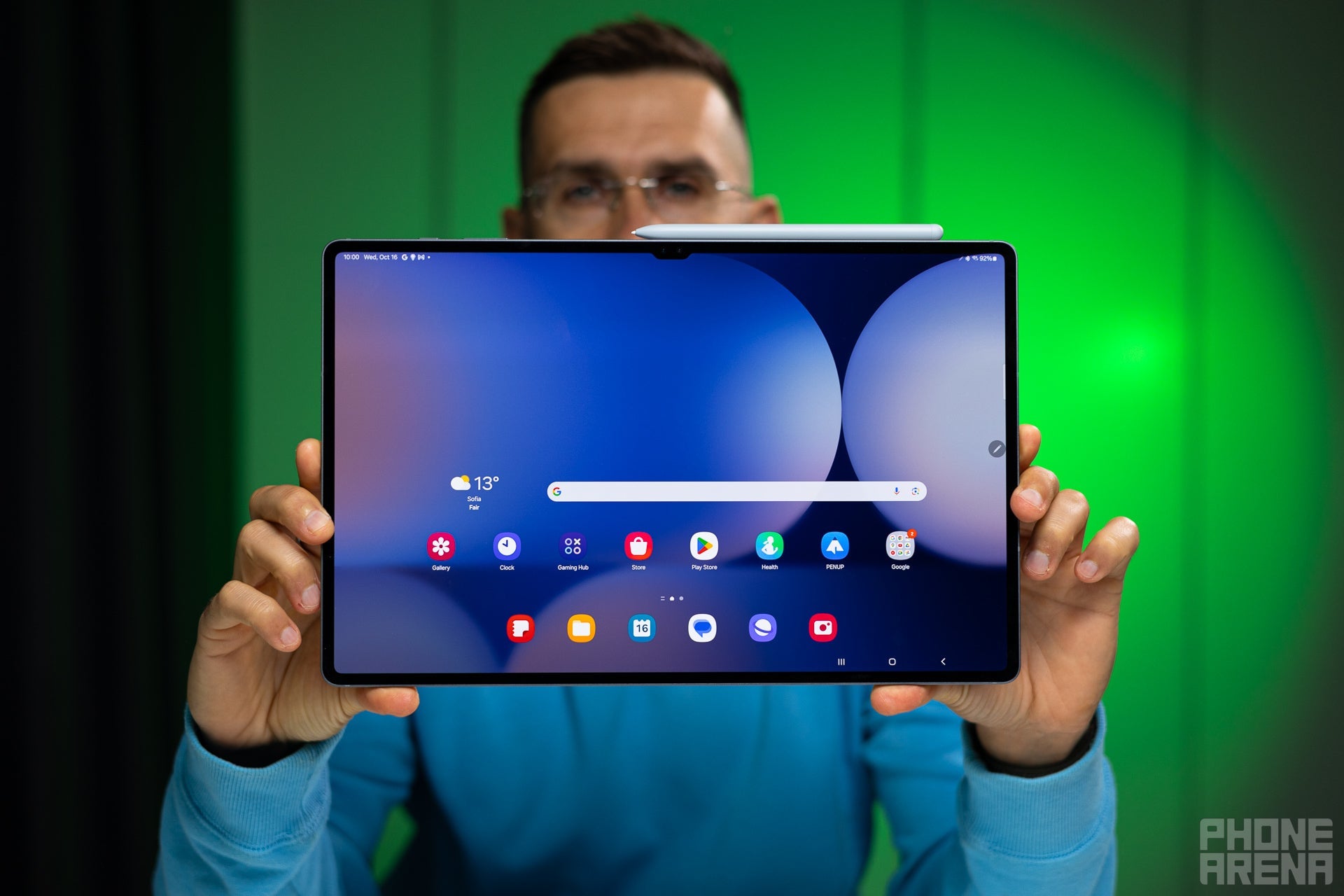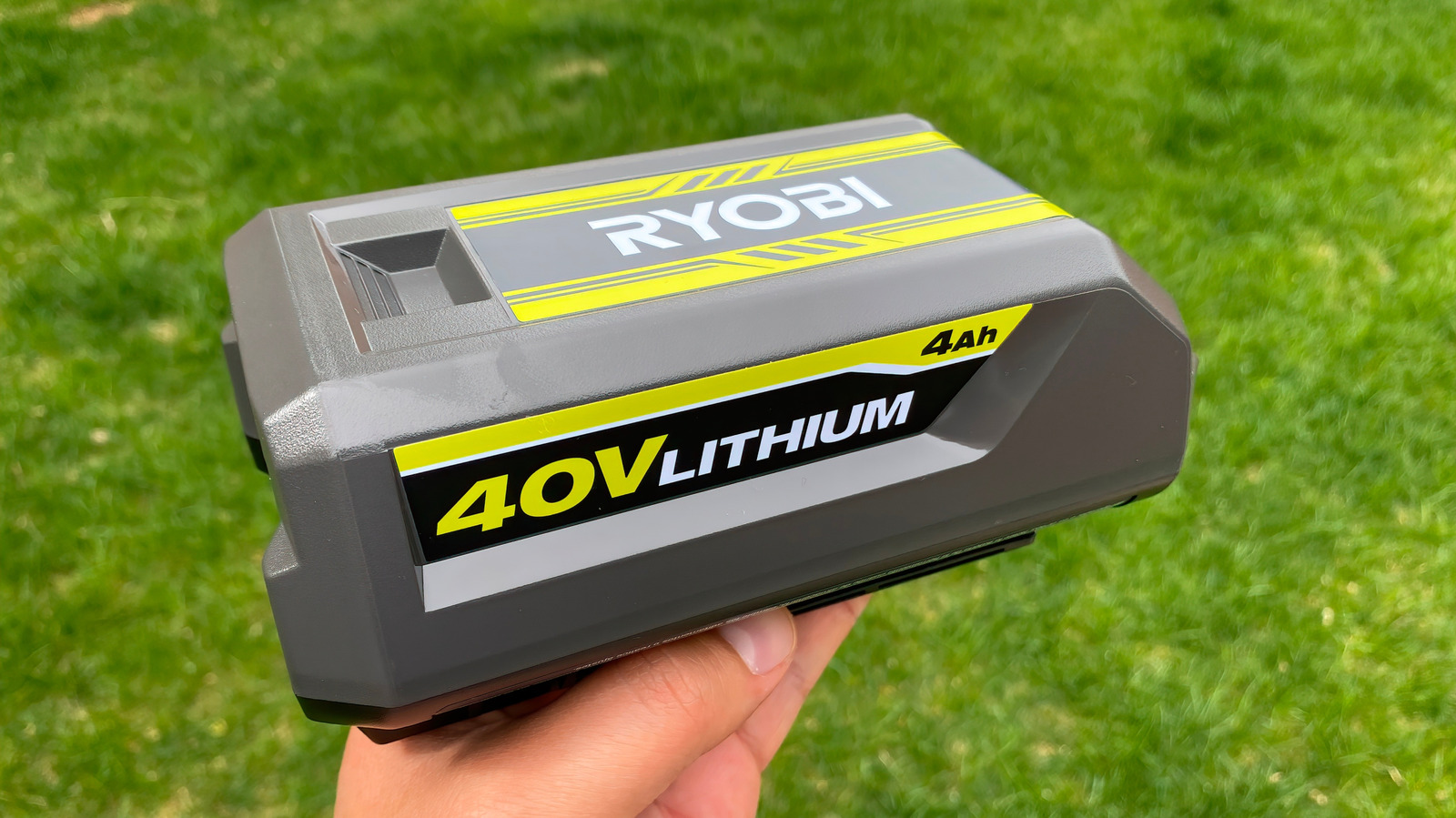Superconductivity News: What Makes Floquet Majorana Fermions Special for Quantum Computing?
Researchers from the USA and India have proposed that Floquet Majorana fermions may improve quantum computing by controlling superconducting currents, potentially reducing errors and increasing stability. In a study published …read more


Researchers from the USA and India have proposed that Floquet Majorana fermions may improve quantum computing by controlling superconducting currents, potentially reducing errors and increasing stability.
In a study published in Physical Review Letters that was co-authored by [Babak Seradjeh], a Professor of Physics at Indiana University Bloomington, and theoretical physicists [Rekha Kumari] and [Arijit Kundu], from the Indian Institute of Technology Kanpur, the scientists validate their theory using numerical simulations.
In the absence of room-temperature superconductors — the Holy Grail of superconductivity, everybody put your thinking caps on! — the low temperatures required lead to expense (for cooling) and errors (due to decoherence) which need to be managed. Using the techniques proposed by the study, quantum information may be modeled non-locally and be spread out spatially in a material, making it more stable and less error prone, immune to local noise and fluctuations.
Majorana fermions are named after Italian physicist [Ettore Majorana] who proposed them in 1937. Unlike most particles, Majorana fermions are their own antiparticles. In the year 2000 mathematical physicist [Alexei Kitaev] realized Majorana fermions can exist not only as elementary particles but also as quantum excitations in certain materials known as topological superconductors. Topological superconductors differ from regular superconductors in that they have unique, stable quantum states on their surface or edges that are protected by the material’s underlying topology.
Superconductivity is such an interesting phenomenon, where electrical resistance all but vanishes in certain materials when they are very cold. Usually to induce a current in a material you apply a voltage, or potential difference, in order to create the electrical pressure that results in the current. But in a superconductor currents can flow in the absence of an applied voltage. This is because of a peculiar quantum tunneling process known as the “Josephson effect”. It is hoped that by tuning the Josephson current using a superconductor’s “chemical potential” that we discover a new level of control over quantum materials.
Ettore Majorana picture: Mondadori Collection, Public domain.








































































![Beats Studio Pro Wireless Headphones Now Just $169.95 - Save 51%! [Deal]](https://www.iclarified.com/images/news/97258/97258/97258-640.jpg)















![Honor 400 series officially launching on May 22 as design is revealed [Video]](https://i0.wp.com/9to5google.com/wp-content/uploads/sites/4/2025/05/honor-400-series-announcement-1.png?resize=1200%2C628&quality=82&strip=all&ssl=1)



























































































































































































































![[The AI Show Episode 146]: Rise of “AI-First” Companies, AI Job Disruption, GPT-4o Update Gets Rolled Back, How Big Consulting Firms Use AI, and Meta AI App](https://www.marketingaiinstitute.com/hubfs/ep%20146%20cover.png)


































































































































































































































































